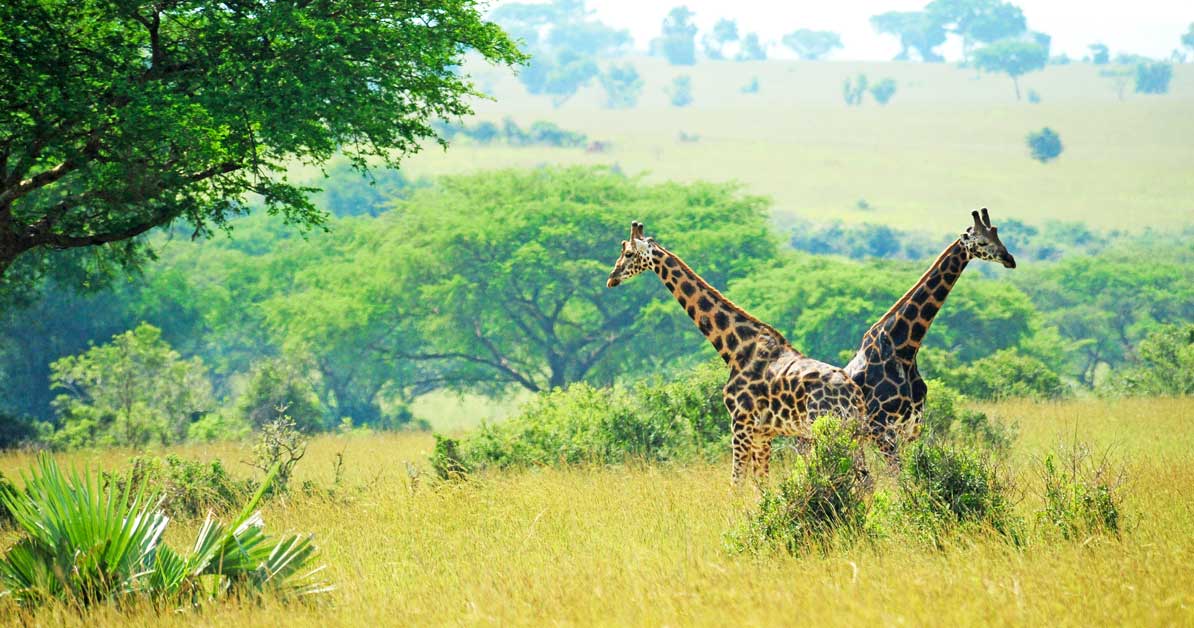As wildlife trafficking reaches a level of international crisis, a tragedy of the commons becomes a threshold for responsible leadership.
Every three years, signatories to the Convention on International Trade in Endangered Species of Wild Fauna and Flora (CITES) gather in Geneva, Switzerland, to discuss the industry of wildlife trade. Regulating more than 35,000 globally traded wild animal and plant species, the 183 CITES Parties monitor illegal and unsustainable trading practices. It’s a mix of global good will and clashing priorities as the worries of nations are sifted heavily through not only an environmental lens, but economic, cultural and political contexts. As talks heated up around the impact of climate change on trade and the world’s biodiversity—including how to handle once frozen in time woolly mammoth ivory—the elephant in the room at this year’s meeting was the growing crisis of wildlife trafficking.An estimated $10 billion-dollar industry, wildlife trafficking—the poaching or taking of protected and managed species and/or their parts—now trails just behind drugs and weapons as the world’s most profitable contraband, according to the U.S. State Department.
An estimated $10 billion-dollar industry, wildlife trafficking—the poaching or taking of protected and managed species and/or their parts—now trails just behind drugs and weapons as the world’s most profitable contraband, according to the U.S. State Department.Trafficking has been correlated to the decline of more than 50 percent of global wildlife populations since 1970, making it the second largest threat to the survival of the world’s most threatened species, behind habitat destruction. To an industry that is hedging its bets, in part, on the overall vitality of destinations, wildlife trafficking also threatens the longevity of successful business events.
Follow the Money
Visions of exotic black markets in faraway lands may come to mind for many Americans when considering wildlife trafficking. The reality hits much closer to home. Between 1982 and 2016, the U.S. Fish and Wildlife Service seized 4,968 live and endangered animals, 257 of those were species facing extinction. The U.S. is one of the top destinations for this criminal and oftentimes cruel act, which the U.S. Department of Justice (DOJ) goes so far as to call “a threat to governance and the foundation of liberty, safety and prosperity,” or the rule of law.
Wildlife trafficking is also frequently connected to the same cartels and travel routes of drugs, weapons and humans. “It’s therefore possible,” says Afsoon Namini, director of the World Wildlife Fund (WWF) private sector engagement team, “to catch other types of illegal trade in the process of wildlife trafficking.”
Pulling from 30 years of government data on live endangered animal imports seized in the United States, the Center for Immigration Studies also spotted a link between wildlife trafficking and illegal immigration. The report, dubbed “Endangered at the Border: Animal Trafficking Closely Tied to Drug, Human Trafficking,” noted that five of the top 10 ports where animal seizures are most high also grapple with the most illegal immigrants. While part of this is due to population size, it does show a clear connection between wildlife and human smuggling. Thus, an intricate web of trafficking is spun.
Silencing the Songbird
Like human trafficking, the hospitality industry is a gateway for wildlife trafficking, and consequently, in a prime position to lead the charge against it. Whether souvenirs at port, F&B, event merchandise, the smuggling of live animals into hotels, spa or wellness ingredients or the inclusion of animals in event programs, the touch points for potential wildlife trafficking and exploitation are plentiful. Endangered animals and plants are often the target of wildlife crime because of their rarity and increased economic value. These may be marketed as exotic, hyperlocal, highly medicinal or one-of-a-kind. A songbird in an aviary may create beautiful music while also being a species threatened by habitat loss and exploitation for trade.
Smugglers are also increasingly importing not only animal parts such as rhinoceros horns, elephant ivory and leather products, but live endangered animals used for commercial purposes. These animals could potentially wind up in hotels, zoos, “conservation” tourism projects, or used as exciting backdrops for dinners and other live events. The brunt of the economic impact of wildlife trafficking, however, lands on the vulnerable communities that could benefit from tourism and sustainable trade and thus boost the global tourism industry.
Take a Stand
One industry resource for combating wildlife trafficking is the U.S. Agency for International Development (USAID), which has extensive knowledge of species that are vulnerable to trafficking that, in some cases, wind up on the menu or are used for other commercial purposes. USAID has worked with more than 180 prominent hotels and restaurants and is helping to train employees at Delta Airlines, Kenya Airways and Ethiad Airlines on how to detect and respond to illegal wildlife and wildlife products on airplanes.
As part of the hospitality industry, the most important thing you can do to combat wildlife trafficking is to know your supply chain through and through. Being mindful of the signs of other forms of trafficking, particularly human trafficking, may very well lead to the freeing or protection of captured and tortured wildlife. And when it comes to spotting merchandise or cuisine made from trafficked animal parts or endangered species, building relationships with vendors, DMCs and other feet-on-the-ground businesses can go a long way in prevention.
As for CITES, the conclusion was “bittersweet,” said Dr. Susan Lieberman, VP of International Policy for the Wildlife Conservation Society. Many species received status quo treatment or were left to endure unsustainable trade due to weak implementation of CITES requirements. Others still are up against climate change, disease, infrastructure development and habitat loss. Rather than view this solely as a "global problem," Lieberman suggests flipping the narrative into an opportunity for local, community-driven solutions and responsible leadership.







